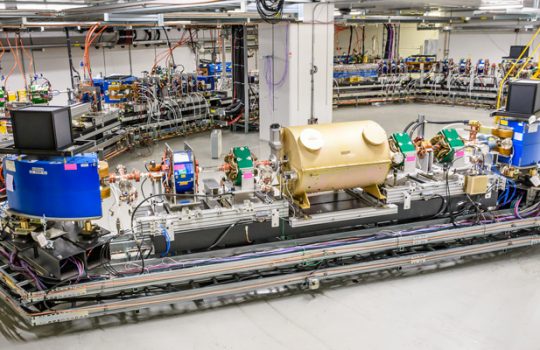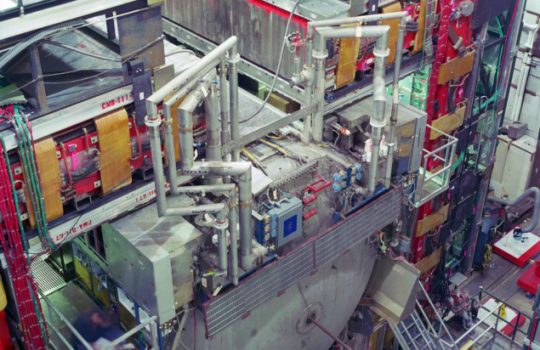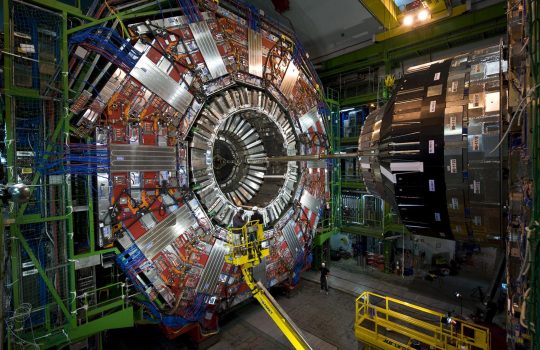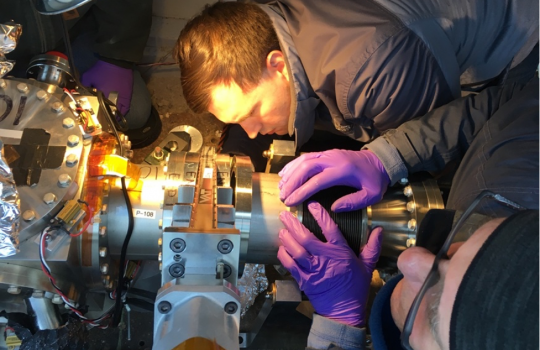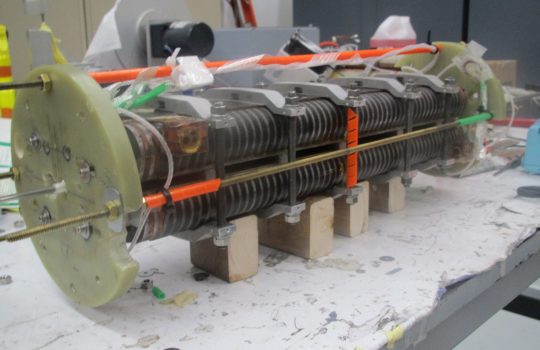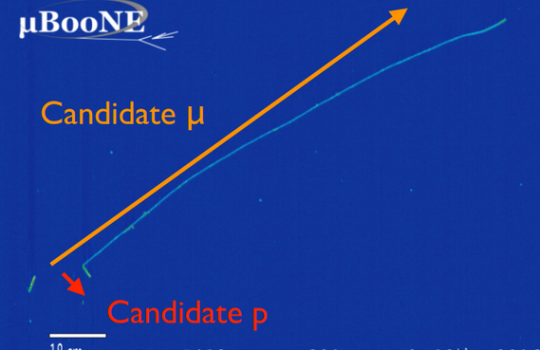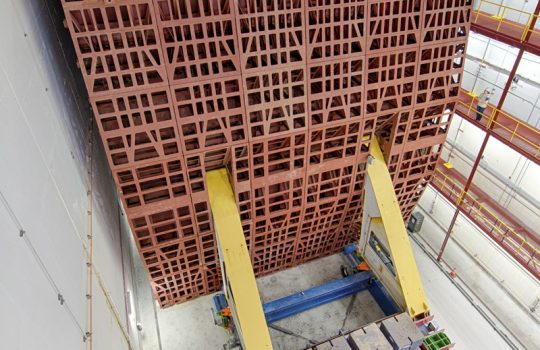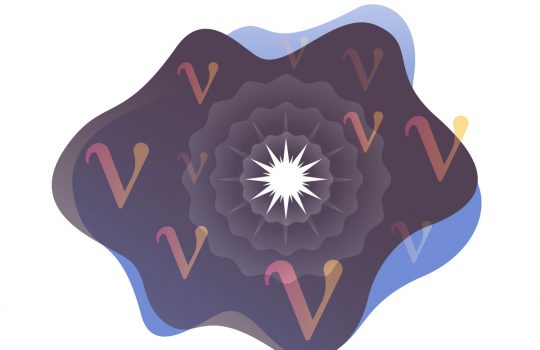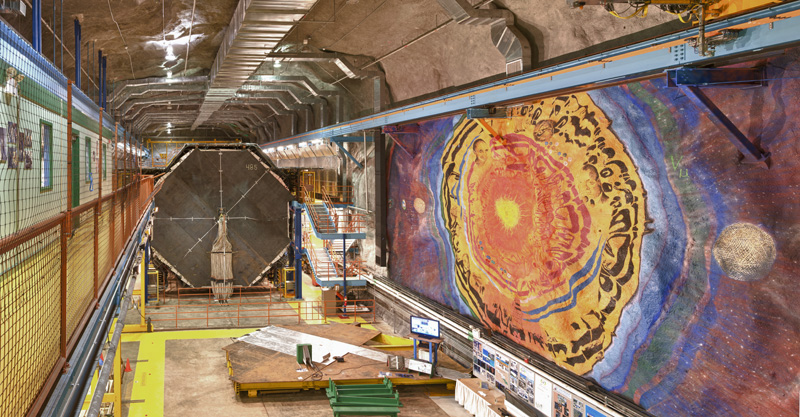Method for determining electron beam properties could help future ultraviolet, X-ray synchrotron light sources
Fermilab user and University of Chicago PhD candidate Ihar Lobach explains how his team used Fermilab’s IOTA electron storage ring to glean insights that can be difficult to obtain on an electron beam and how this proof of principle could benefit the Advanced Photon Source Upgrade at Argonne National Laboratory.

